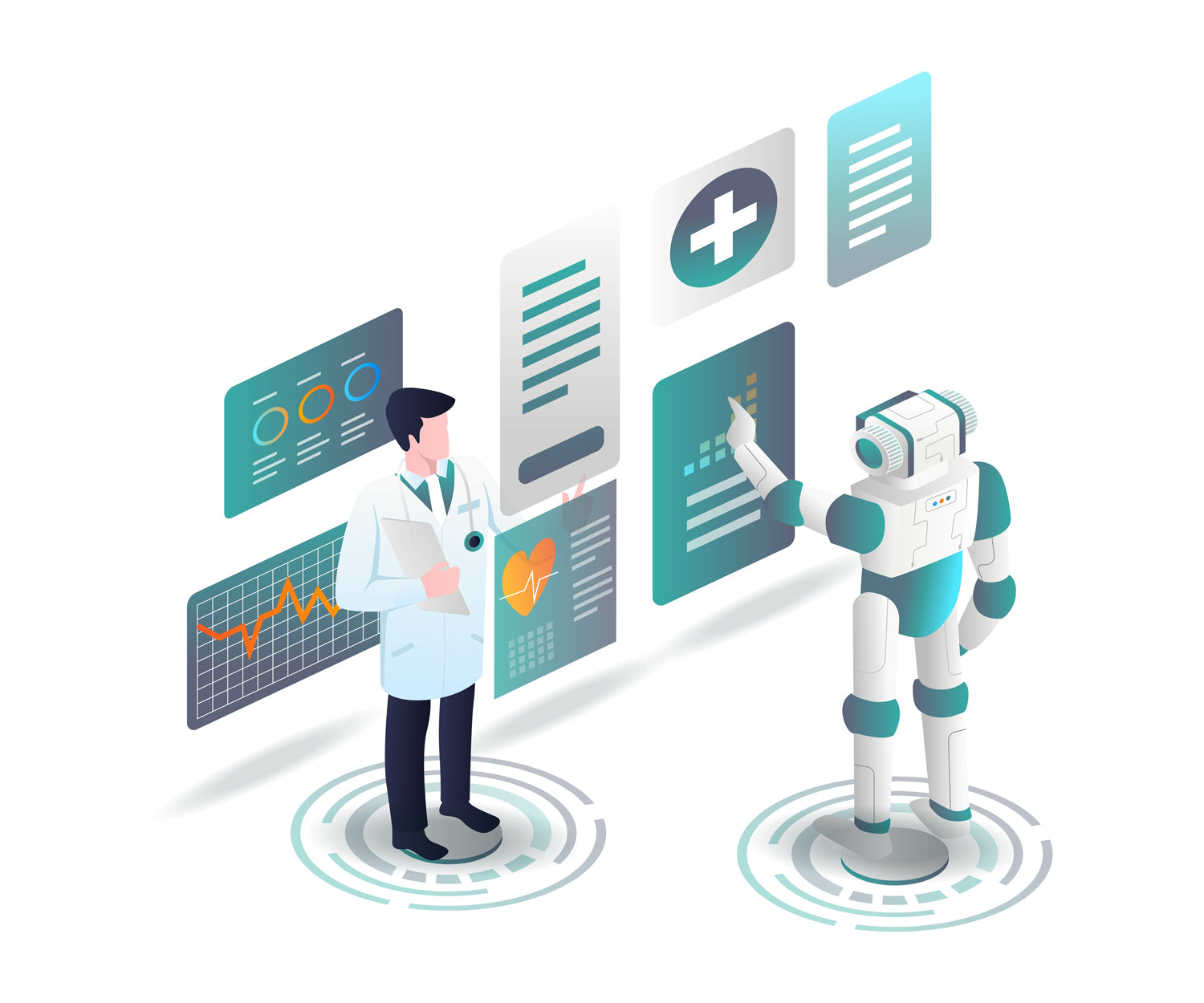
Have you ever thought about how quickly you respond to your phone when you feel that vibration alert you to a text? The reason is that haptic technology is one of the most powerful means of communicating information to humans today — and it's only getting started.
Devices that engage with a user's sense of motion or touch, haptic technology not only connects with users on a deeply personal level, it's now finding its way into new applications that could revolutionize our world. In this article, we'll look at the future of haptics by examining some current market trends and showing you somewhere we think you'll find the technology next.
The Future of Haptics Is Bright

According to Research and Markets' "Haptics: Global Strategic Business Report", the global market for haptic technology was 16.8 billion USD in 2022, and is projected to rise to 47 billion USD by 2030 at a compound annual growth rate (CAGR) of 13.7%. This rise is due in large part to the increasing implementation in the consumer devices sector which we're seeing already, but also to future advancements in next-gen technology that we've only begun to explore. So, whether it's current market trends or future innovation, haptics is certainly on the rise.
Current Haptic Technology Market Trends
While developments in future applications are still underway, haptic technology is currently receiving the most interest from the entertainment industry — and there's no shortage of innovation there either.
Many of the current haptic trends revolve around improving the technology that drives them. That means a working knowledge of how haptic motors work can help you gain a better grasp on where the market is going. The three main types of haptic drivers currently in use today are:
- Eccentric rotating mass (ERM) actuators, which consist of an offset spinning weight that produces an oscillation with each turn of the motor, creating a sense of vibration. These are commonly used in video game controllers and other graspables, though they can be too bulky for applications needing a finer touch.
- Linear resonant actuators (LRAs), which consist of a magnet attached to a spring and alternately attracted or repelled by an electromagnetic coil. These "button drives" can be integrated into wearable devices more easily than some ERMs and are good for producing the discrete points of sensation that a button or pressure-based interface might require.
- Piezoelectric drivers, which are a class of special materials that produce an electric current when deformed, and that expand or contract when a current is applied to them. These drivers are often flexible, and their quick reponse time makes them easier to integrate into wearables that require a larger haptic interface like a vest or sleeve.
Arguably one of the biggest current trends in the industry is a shift away from bulkier haptic devices that have a longer response time and only provide single points of contact toward more immersive tech that can make more direct contact with the user. The flexibility, precision, and rapid response time that piezo haptic drivers offer allow for that, which is why we're seeing a shift towards them as a major current haptics trend.
Future Advancements in Haptic Technology

Aerospace, simulation, and teleoperation are just a few industries that are exploring future applications of haptic technology, but other sectors are committing even more to the intersection between tech and touch. Here's a look at them now.
Enhanced Virtual and Augmented Reality
Haptic technology has been a part of the video gaming and virtual reality world on some level for decades, but developments in VR/AR are making the demand greater than ever.
As users pursue ever more entertainment, developers are looking to virtual and augmented reality to provide an increasingly immersive experience. Whether it's graspable controllers that provide variable amounts of pressure to simulate surfaces of different textures or wearable sleeves and vests that use alternating currents to create the sensation of hot or cold, it's no longer enough to give VR/AR users an environment they can hear and see. They have to feel it, too.
In the future, look for haptic technology to not only be commonplace in VR/AR systems, but for them to provide greater physical contact with more complex sensations than just vibration.
Improving automotive industry
As the automotive industry continues to innovate and develop more advanced features, haptic feedback technology will undoubtedly become a natural fit. With the rise of self-driving vehicles and other automated systems, haptic feedback will become an essential tool for providing drivers with real-time information without distracting them from the road.
For example, haptic sensors could alert drivers to potential obstacles or hazards, while providing a more tactile and intuitive interface for controlling their vehicles. This technology has the potential to greatly improve safety, reduce accidents, and make driving a more seamless and enjoyable experience. As the technology continues to evolve, we can expect haptic feedback to become an integral part of the future of automotive technology.
Robotic and Assistive Technologies in Healthcare

The healthcare industry is consistently at the forefront of innovation, and haptic technology is no exception. Researchers are exploring robotic technology to improve the medical training process — and they're looking to haptics to do it.
One method of using haptics lies in education. Medical students can use haptic devices that simulate the texture of types of human tissue (a type of haptic feedback known as kinesthetic feedback) to get a feel for a procedure before they ever perform it on a patient. In this way, haptic devices are proven to have valuable potential as they help tomorrow's clinicians as they better conduct their medical training.
Improved Haptic Interfaces of Consumer Electronics
You can look for advanced haptic technology across a wide number of industries, but one of the most dominant ones will still be the field of consumer electronics.
From everyday wearables like smartphones and watches to larger ones like gloves, sleeves, vests, and even full-body suits which are still being refined, the key to all of them will be to create a more realistic haptic interface to more fully immerse the user. This means developing haptic devices with shorter response times, creating flexible haptic systems that can comfortably make more direct contact with the user's skin and simulating more complex sensations like temperature, texture and motion.
When haptic systems can improve their interfaces in these ways, they'll likely saturate even more segments of the consumer electronics sector — probably with products we've yet even to imagine.
Heat Management for Smartphone
As the demand for more powerful and feature-rich smartphones continues to rise, so does the need for efficient and effective cooling systems. The one plus 11 concept phone micro-pump provides a glimpse into the future of cooling technology. During intense usage, such as gaming, this revolutionary device leverages the power of piezoelectricity to drive a cooling liquid throughout the phone, effectively lowering its temperature by as much as 2.1 degrees Celsius even if it was not yet optimize.
The use of piezoelectric technology in haptic cooling is just the beginning of a new era in the smartphone industry, and we can expect to see more advancements in this field in the near future. This constant need to manage heat and prevent overheating is the main driving force behind the demand for efficient cooling systems, making cooling a crucial market for haptic technologies.
Keep Up With the Times With Piezo Haptics
Whether it's the ever-expanding current haptics market trends or future advancements that we're only beginning to conceive, one thing is certain: you don't want the haptics tide to leave you behind. Haptic technology has applications across all sorts of industries and it's only going to get better from here, so get in touch with us today to see what haptics can do for you.



Leave a comment